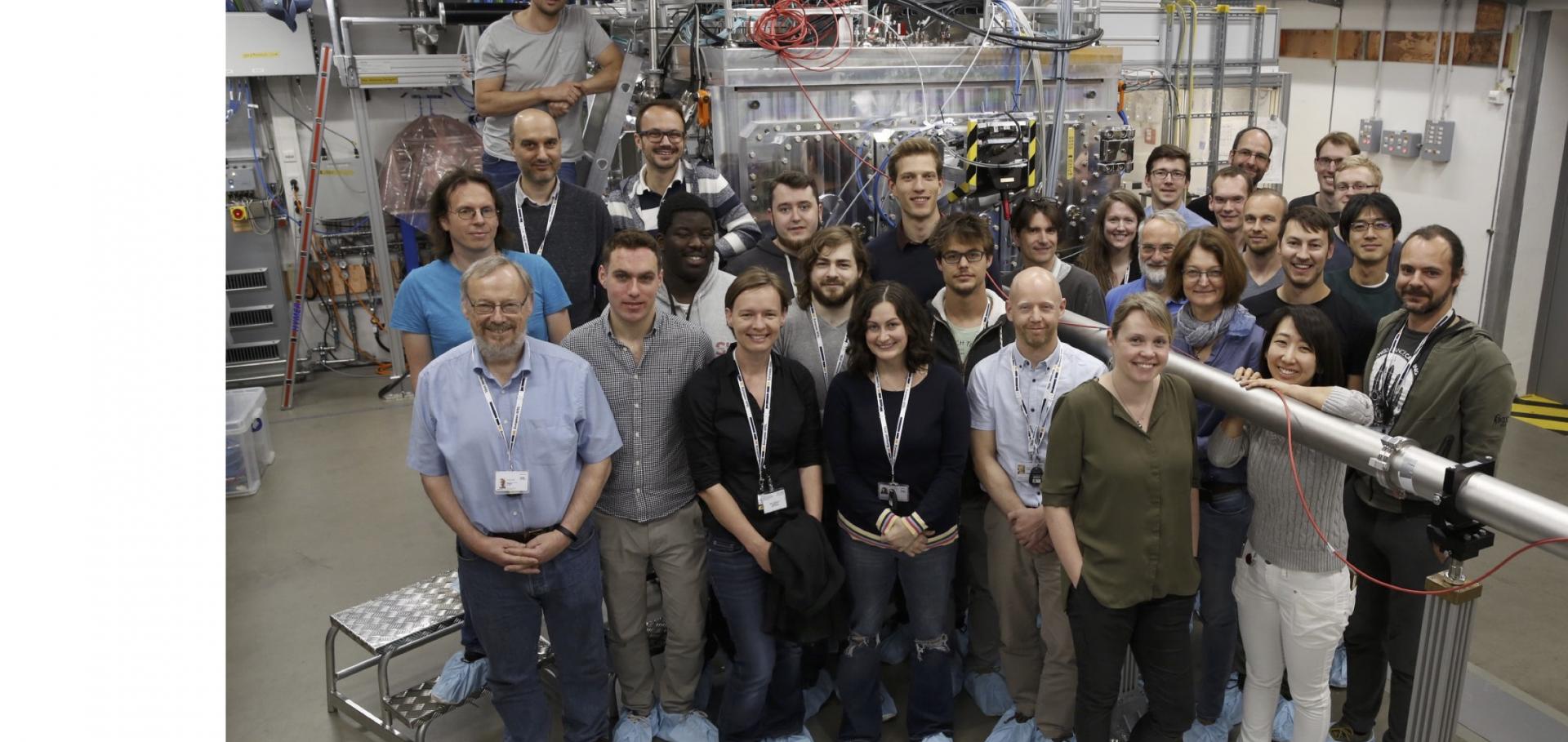Shocked materials at the intersection of experiment and simulation
SCIENTIFIC MODELING AND SIMULATIONS 15:1-3 (2008) 159-186
A GEOMETRY FOR SUB‐NANOSECOND X‐RAY DIFFRACTION FROM LASER‐SHOCKED POLYCRYSTALLINE FOILS
AIP Conference Proceedings AIP Publishing 955:1 (2007) 1345-1348
ATOMISTIC SIMULATIONS OF SHOCK‐INDUCED PHASE TRANSFORMATIONS IN POLYCRYSTALLINE IRON
AIP Conference Proceedings AIP Publishing 955:1 (2007) 313-316
IN‐SITU PROBING OF LATTICE RESPONSE IN SHOCK COMPRESSED MATERIALS USING X‐RAY DIFFRACTION
AIP Conference Proceedings AIP Publishing 955:1 (2007) 1327-1332
PROSPECTS FOR USING X‐RAY FREE‐ELECTRON LASERS TO INVESTIGATE SHOCK‐COMPRESSED MATTER
AIP Conference Proceedings AIP Publishing 955:1 (2007) 1333-1336


